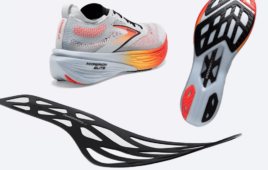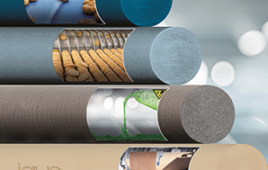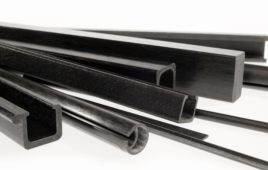Researchers from North Carolina State University and Qatar University have developed a new “high-entropy” metal alloy that has a higher strength-to-weight ratio than any other existing metal material.
High-entropy alloys are materials that consist of five or more metals in approximately equal amounts. These alloys are currently the focus of significant attention in materials science and engineering because they can have desirable properties.
The NC State research team combined lithium, magnesium, titanium, aluminum and scandium to make a nanocrystalline high-entropy alloy that has low density, but very high strength.
“The density is comparable to aluminum, but it is stronger than titanium alloys,” says Dr. Carl Koch, Kobe Steel Distinguished Professor of Materials Science and Engineering at NC State and senior author of a paper on the work. “It has a combination of high strength and low density that is, as far as we can tell, unmatched by any other metallic material. The strength-to-weight ratio is comparable to some ceramics, but we think it’s tougher – less brittle – than ceramics.”
There are a wide range of uses for strong, lightweight materials, such as in vehicles or prosthetic devices.
“We still have a lot of research to do to fully characterize this material and explore the best processing methods for it,” Koch says.
At this point, the primary problem with the alloy is that it is made of 20 percent scandium, which is extremely expensive.
“One thing we’ll be looking at is whether scandium can be replaced or eliminated from the alloy,” Koch says.
The paper “A Novel Low Density, High Hardness, High-Entropy Alloy with Close-packed Single-phase Nanocrystalline Structures,” is published online in the open-access journal Materials Research Letters.
Lead author of the paper is Dr. Khaled Youssef of Qatar University. Co-authors include Alexander Zaddach and Changning Niu, Ph.D. students at NC State; and Douglas Irving, an associate professor of material science and engineering at NC State. The work was supported in part by the National Science Foundation under grant number DMR-1104930.
Filed Under: Materials • advanced




